by Ahmad Nafi

The damage done to these sites has undermined the territory’s social infrastructure. For the residents of Gaza, many of the targeted mosques provided social, educational and health facilities. (Photo: MEMO)
In the aftermath of Operation Protective Edge, Israel’s 51 day military assault, the Palestinians in Gaza are faced with the huge task of reconstruction. Most of the shattered civilian infrastructure can be replaced, but Palestine’s cultural heritage in Gaza, built over a thousand years and more, has been damaged irrevocably.
Many of Gaza’s most ancient sites have been left in ruins by Israel’s attack on the territory. Houses of worship, tombs, charity offices and cemeteries have all been damaged by the shelling, but Gaza’s historic mosques have been the worst affected. Many of these sites date back to the time of the first Islamic caliphs, the Ottoman Empire and the Mamluk Sultanate, Middle East Monitor (MEMO) quoted by Mi’raj Islamic News Agency (MINA) as reporting.
Protective Edge damaged 203 mosques, of which 73 were destroyed completely. Two churches were also damaged, according to the Palestinian Ministry of Endowments and Religious Affairs. The targeting of mosques by the Israel Defence Forces (IDF) in the latest offensive was three times more than in the 2008-2009 attack, the ministry’s report said.
Also Read: Be Careful of the Trap of Deploying Peacekeeping Forces to Gaza
The destruction of Gaza’s ancient mosques has brought the total losses incurred by the religious affairs ministry to an estimated $50 million, said Dr Hassan Al-Saifi, its undersecretary in the Gaza Strip.
“There are a number of ancient mosques that hold memories of the Islamic and Arab history in Gaza,” said Al-Saifi, “and of course, the people are incredibly saddened over the loss of this heritage.” The losses are likely to deny future generations their history as well as the material and economic benefits that might be acquired from these sites.
The most significant of those mosques which were destroyed was the 7th century Al-Omari Mosque in Jabaliya, Gaza’s oldest and largest. Named after the second caliph Umar bin Al-Khattab, it dates back to 649 AD, making it 1,365 years old. It accommodated 2,000 worshippers for the congregational prayers. The portico and minaret were built 500 years ago during the Mamluk period; it was destroyed by Israel on 2 August 2014 and its hallmark minaret and courtyard stands in ruins.
The Great Omari Mosque tells the story of Gaza’s civilisation and cultural history as it is believed to stand on the site of a former Philistine temple and a later 5th Century Byzantine church. It has acted as an important landmark ever since it was built.
Also Read: The Forty-Four-Days of Glory: Azerbaijan’s Struggle for Justice and Peace
Close by, Gaza’s second oldest mosque was also reduced to ruins. Al-Sham’ah Mosque was destroyed on 23 July in Hayy Al-Najjarin in Al-Zaytun Quarter in Gaza’s Old City. It was built 700 years ago, in 1315, by the Mamluk Governor.
Another historic site was razed to the ground on the following day. The Mahkamah Mosque was a fine example of Mamluk architecture located off the main Baghdad Street in the Shuja’iyya neighbourhood. It featured a Mamluk minaret and florally-decorated arch at its entrance and was built in 1455 on the orders of Sayf Al-Din Birdibak Al-Ashrafi, a member of the sultan’s staff. Shuja’iyya neighbourhood experienced some of the most intense shelling of the war in July that resulted in thousands of residents being forced to flee their homes.
The large Omar Ibn Abd al-Aziz Mosque in the Strip’s northern city of Beit Hanoun is a modern building but is a central mosque that serves a large segment of the town. It was destroyed by shelling on 25 August. Other destroyed mosques of cultural significance include the centuries-old Al-Montar Mosque and tomb, hit on 11 July.
Gaza’s only 3 churches also fell victim to the conflict. The Orthodox Church of St Porphyrius is the oldest church in Gaza, dating to the 1150s, in Al-Zaytun Quarter of the Old City. The church’s cemetery was damaged when the area was shelled in July in another attack on Gaza’s rich religious heritage. Gaza Baptist Church received major damage from the shelling of a police station nearby and Gaza’s Latin Church had damage to peripheral buildings owned by the parish.
Also Read: Palestine Solidarity Month: A Collective Movement for Al-Aqsa and Palestine’s Freedom
These sites have historical importance and provided irreplaceable material evidence of Palestinian culture and history. Al-Saifi believes that by destroying mosques, “the occupation was erasing the historical proof and evidence of our presence in Palestine.”
The devastation of hundreds of years of Gaza’s Islamic history would be expected to have done harm to Gaza’s identity, but Al-Saifi insists that Israel could not erase the Palestinian memory and the peoples’ right to exist. “I believe that the Israelis will not succeed in this because to us, mosques are not merely stones, but hold great and holy value to all of the Muslim generations.”
The damage to these irreplaceable landmarks has led Israel to claim that it targeted mosques and civilian buildings used for military purposes, such as the stockpiling of weapons and as meeting points for the fighters of the Qassam Brigades. The IDF alleged that Hamas “cruelly abused mosques by using them for terror activities” in a statement to the Associated Press.
Hamas has denied the accusation and many in Gaza feel that the allegation is an attack on their way of life. “Every citizen in Gaza is proud of these fighters,” Dr Al-Saifi said, “and mosques are completely open places; they do not contain any shelters or secret rooms, they are open houses of worship.” He went on to say that Israel knowingly targets civilian sites. “There is no doubt that the Israeli intelligence agencies have their eyes and ears in Gaza, and they are certain that these are fabrications.”
Also Read: Hassan al-Turabi: A Controversial Thinker from Sudan
The damage done to these sites has undermined the territory’s social infrastructure. For the residents of Gaza, many of the targeted mosques provided social, educational and health facilities.
The Palestinians are of the opinion that Israel does not distinguish between military and civilian targets in their aggression against Gaza. Their suspicions appear to be validated by UN OCHA figures released in a recent report. They suggest that at least 80 per cent of those killed were civilians. These figures indicate that Israel has found little difficulty in treating civilian infrastructure as legitimate military targets considering that it has targeted churches and other buildings not accused of being used by Qassam fighters.
Many have noted Israel’s disproportionate use of force in areas that it associates with enemy fighters. It is an army that is used to inflicting widespread devastation on the civilian population, which is supposed to serve as a deterrent.
For Al-Saifi, this strategy is abhorrent: “Honestly, the targeting of mosques on such an unprecedented large-scale reflects the barbaric and brutal nature of the Israeli occupation, and the army’s frustration and sense of failure, as it reached an impasse. It resorted to targeting civilians and places of worship, which have been guaranteed protection and immunity under all international conventions.”
Also Read: Who Exactly is the RSF Group Shaking Sudan?
The pursuit of collective punishment is an international war crime and it appears that these violations by Israel have been observed clearly by international institutions. The retiring UN High Commissioner for Human Rights, Navi Pillay, condemned the operations in Gaza. In a statement to Britain’s Guardian newspaper she said, “There seems to be a strong possibility that international law has been violated.”
In a similar incident, despite being given the coordinates of UNRWA schools they were bombed under the pretext of the presence of missiles. “Even though the Arab and foreign UNRWA spokesperson stressed and confirmed that the occupation’s claims were fabricated,” complained Al-Saifi. The UN has condemned the bombing of these schools and notified the IDF of their locations repeatedly. It was alleged by Israel that mosques and UNRWA schools all facilitated the activities of the Palestinian resistance groups.
Because of this, Al-Saifi has questioned Israel over its accusations of “terror” activities in historic mosques; he believes that the world has seen through Israel’s empty justifications of war crimes. “All of the international community organisations and international observers know that these are lies.”
Indeed, the targeting of religious and cultural sites as civilian sites constitutes a violation of international humanitarian law; it is covered by Article 4 of the Hague Convention of 1954 for the Protection of Cultural Property. Under this convention, all feasible precautions must be taken to avoid damage of cultural property in cases of war. It is also designated a criminal act under Article 8 of the ICC Statute which stipulates that “intentionally directing attacks against buildings dedicated to religion…[and] historic monuments… constitutes a war crime.”
Also Read: The Two-State Solution (Palestine–Israel) in Historical Perspective
In recent months, the destruction of historic monuments and houses of worship has usually been associated with radical groups like Islamic State (ISIS) rather than state actors like Israel. In July, ISIS destroyed the mosque of Prophet Younis (Jonah) in Mosul and several Shiite Mosques in Iraq. ISIS’s presence has warranted considerable responses from the international community. Yet Israel’s attack on Gaza’s heritage of the same nature has created little response.
The international community and Israel itself will be reluctant to label the assault on Gaza an act of terror. Domestically, it is believed that Israel’s agenda of eliminating the people of the Gaza Strip in the name of “security” stands above criticism from anyone and everyone. “Israel wanted to give itself an excuse” to commit acts of brutality, claims Al-Saifi.
In Palestine, there has been considerable pressure to get the international community to hold Israel to account for its actions. “The Palestinian Authority,” insists Al-Saifi, “must go to the ICC in The Hague… in order for us to witness the occupation being prosecuted, just as the criminals in Yugoslavia and Bosnia were prosecuted.”(T/P004/P3)
Mi’raj Islamic News Agency (MINA)
Also Read: Enchanted by K-Dramas, Dragged into Slander: Time for Muslims to Rise!
Source: https://www.middleeastmonitor.com/articles/middle-east/14041-the-ancient-mosques-of-gaza-in-ruins-how-israels-war-endangered-palestines-cultural-heritage





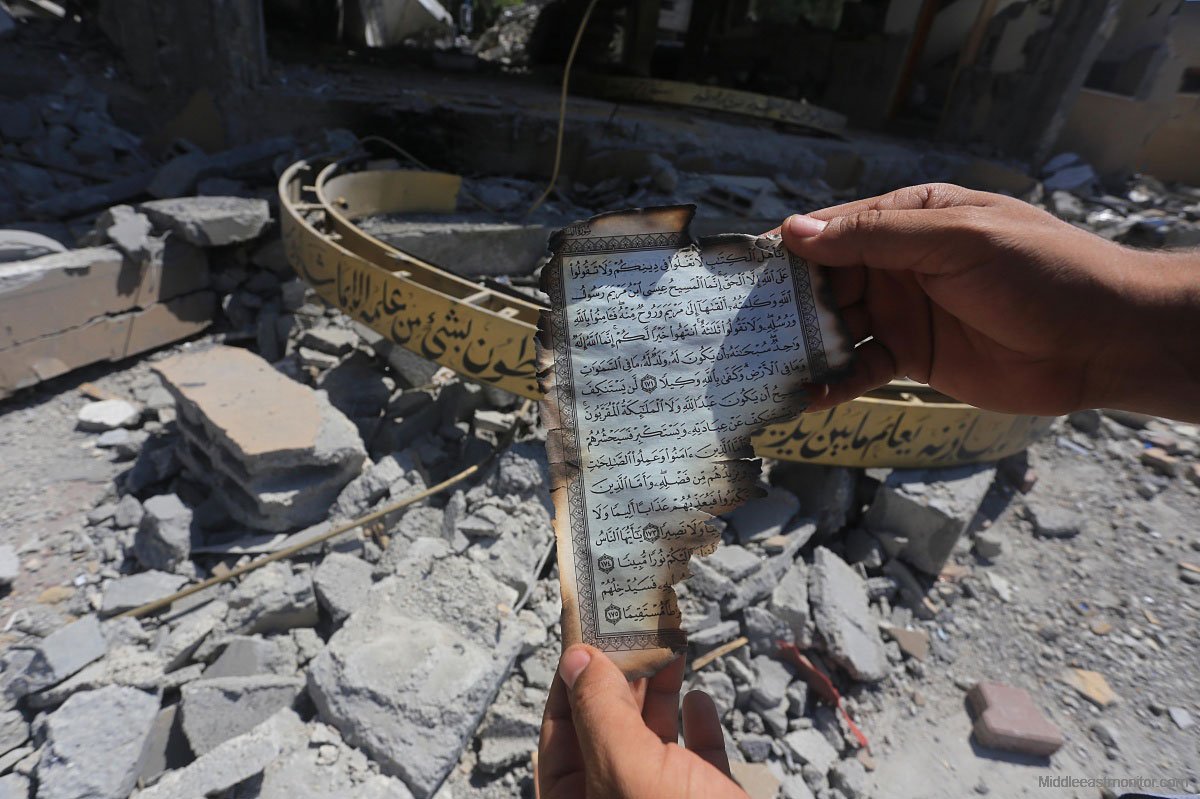


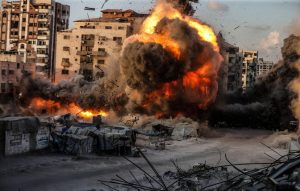
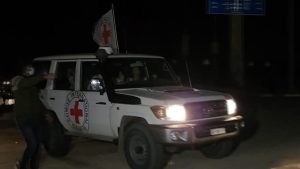
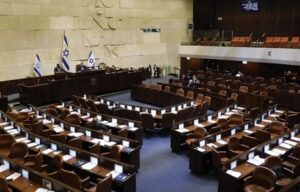
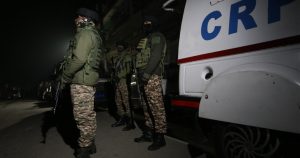
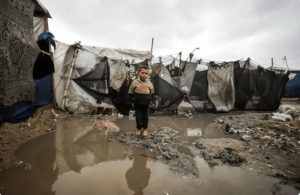

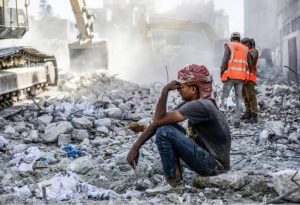
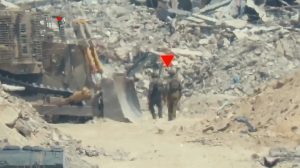
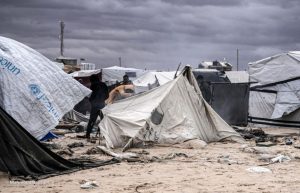
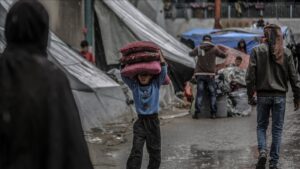


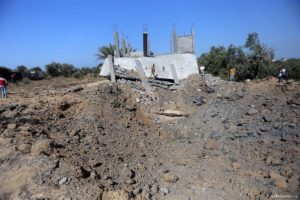



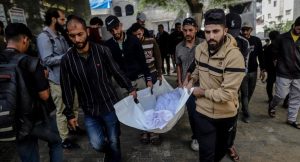
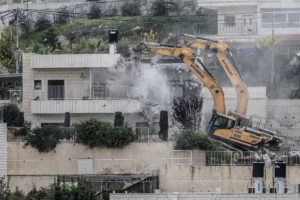



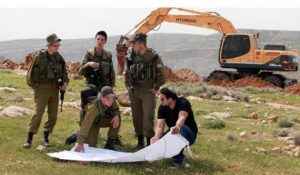
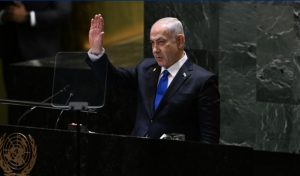




 Mina Indonesia
Mina Indonesia Mina Arabic
Mina Arabic